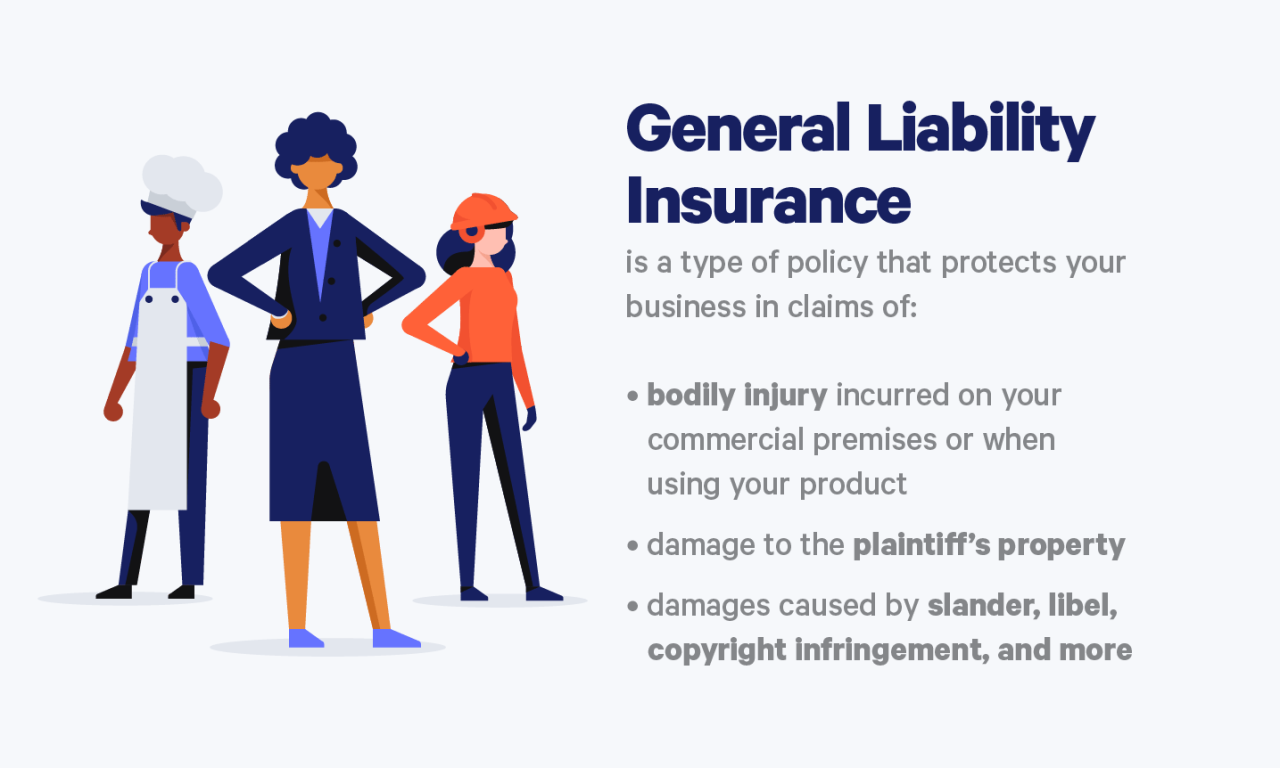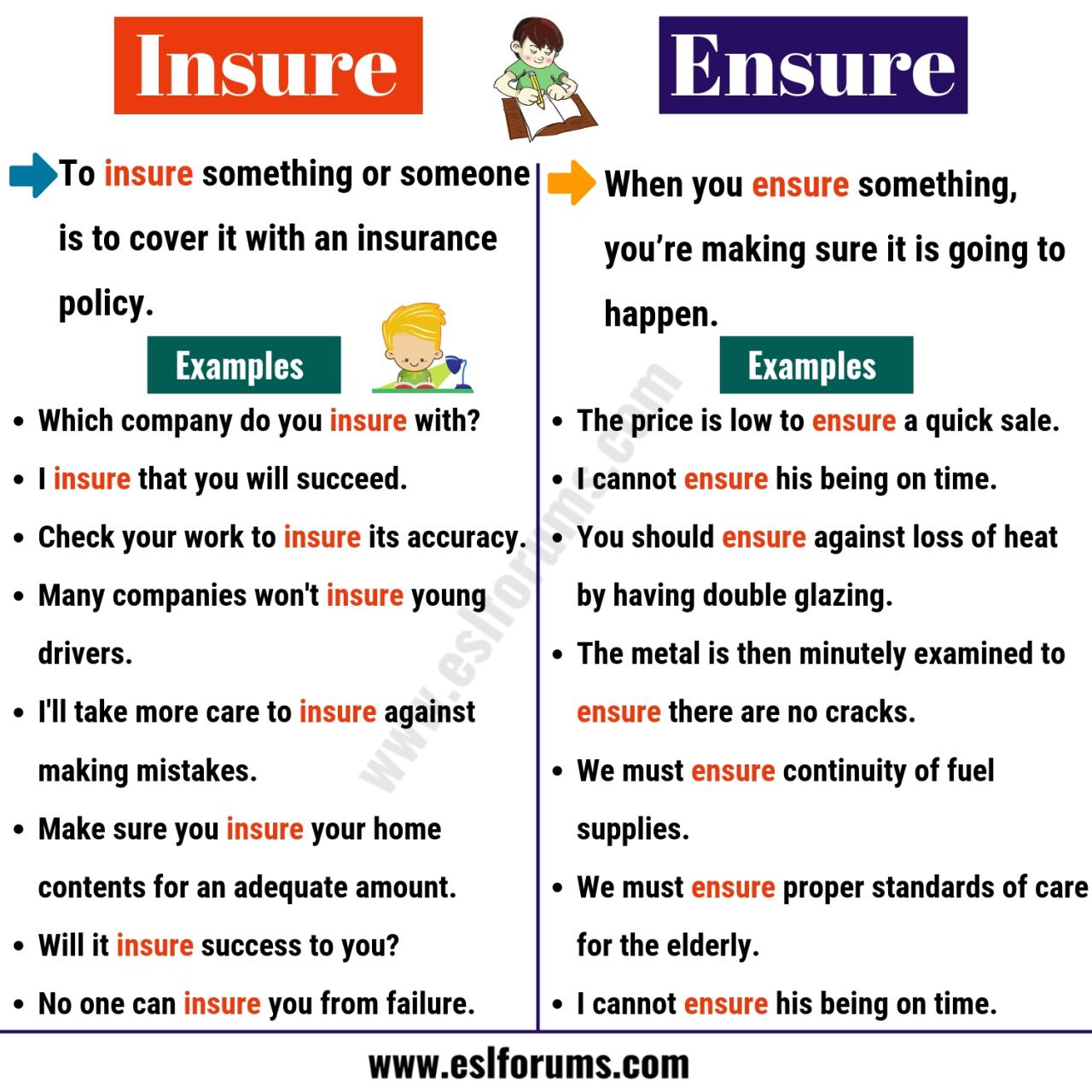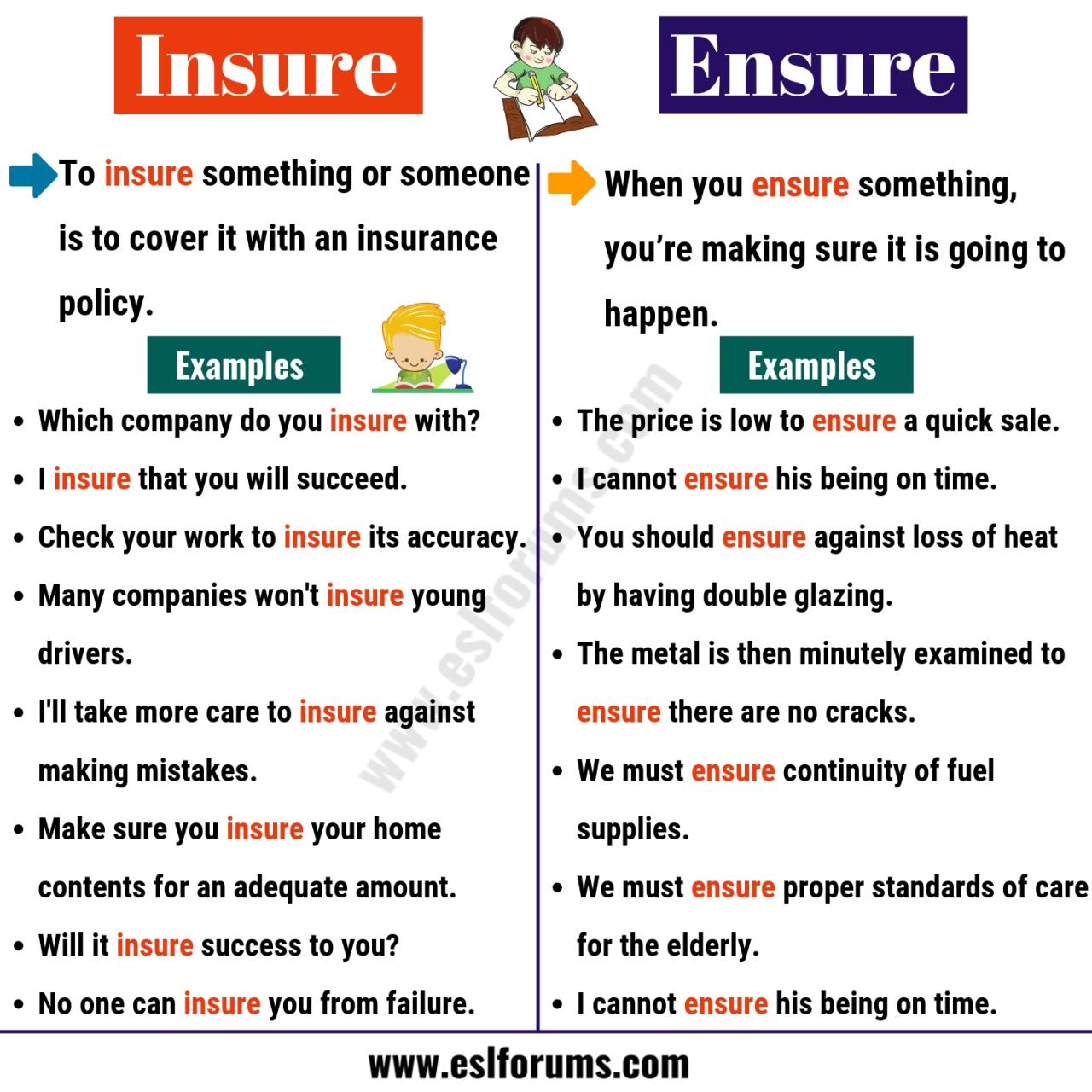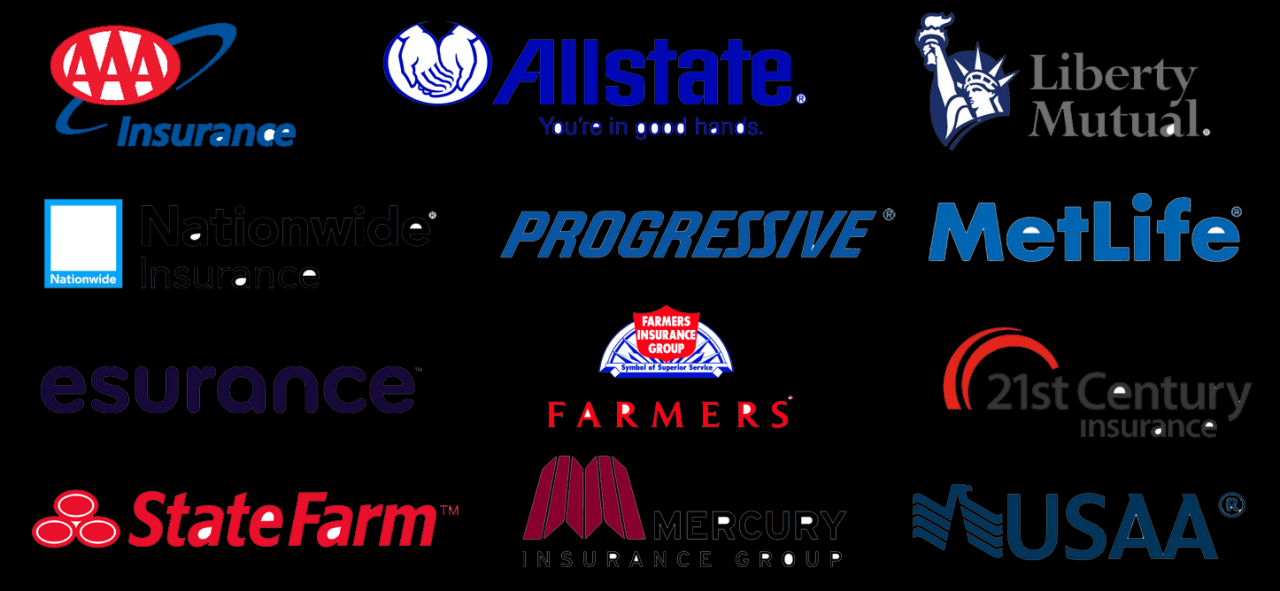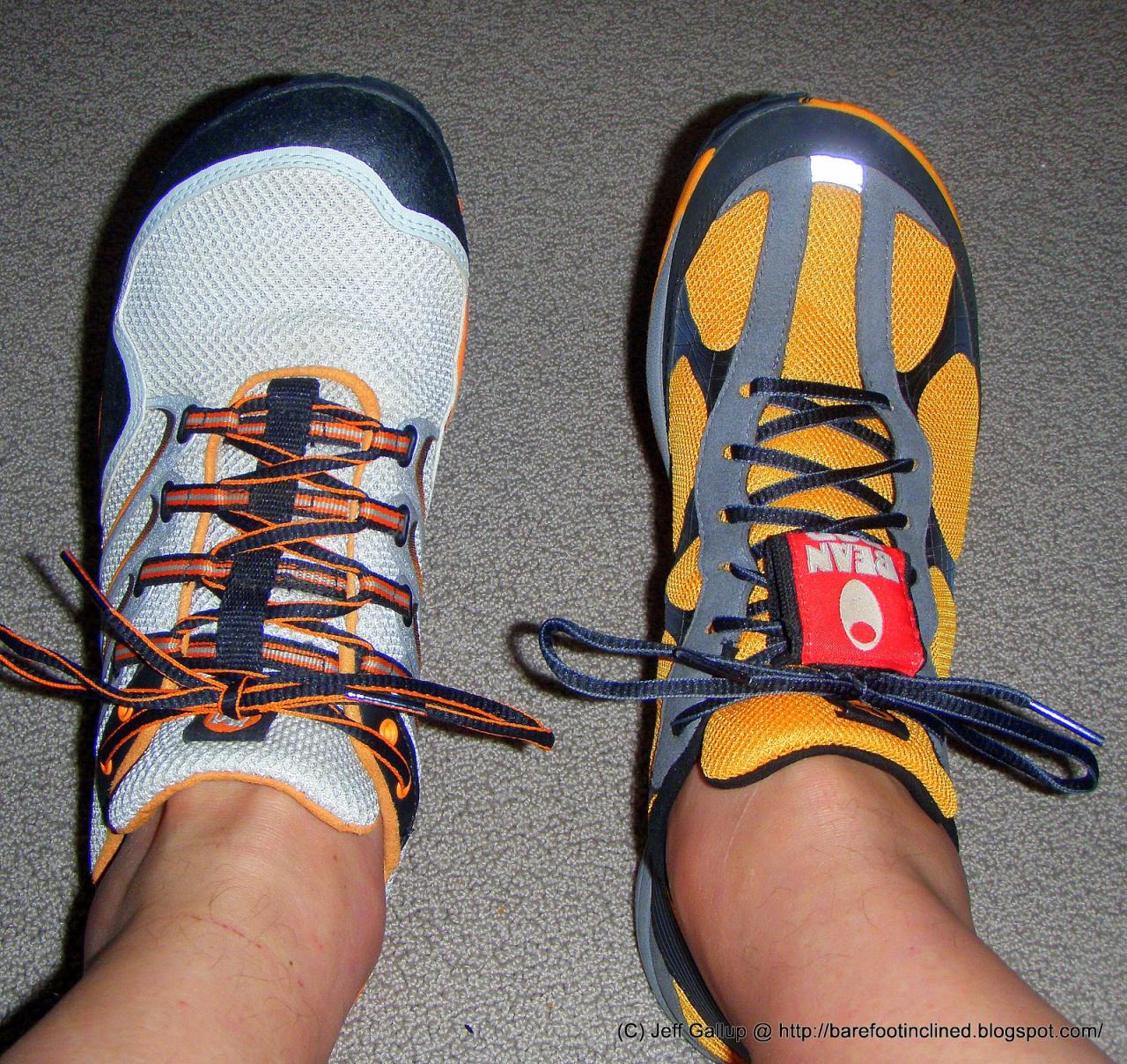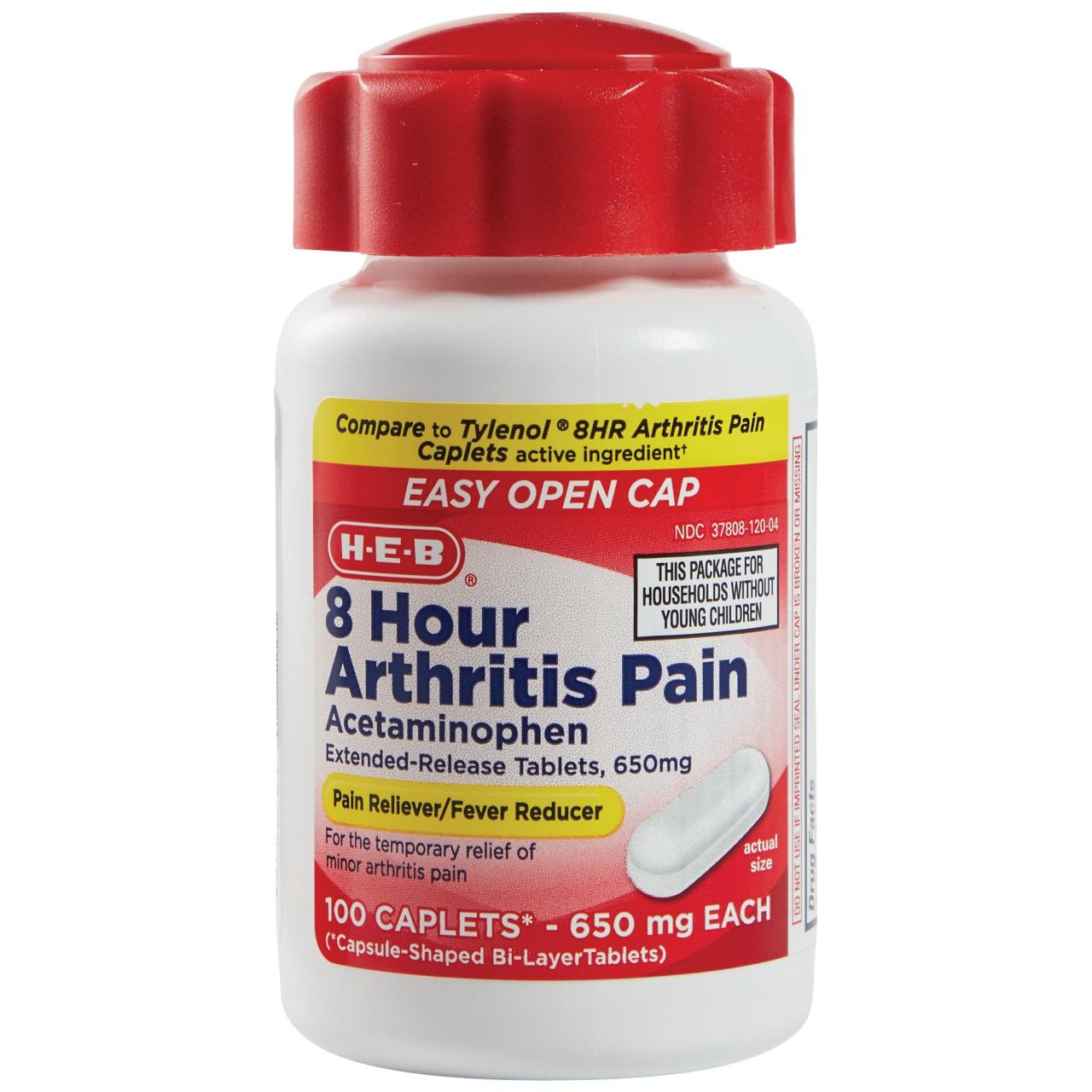Automobile insurance is an essential safety net for drivers, providing financial protection in the event of an accident or other unforeseen circumstances. It’s a complex world with various types of coverage, each designed to address specific risks and needs. Understanding the different types of coverage, the factors that influence premiums, and the claims process is crucial for making informed decisions and securing adequate protection.
From liability coverage, which safeguards you against financial responsibility for damages caused to others, to comprehensive coverage, which protects your vehicle against perils like theft and natural disasters, there’s a range of options to consider. This guide delves into the intricacies of automobile insurance, offering insights into key considerations and best practices for navigating this important aspect of responsible driving.
Types of Automobile Insurance
Automobile insurance is a crucial aspect of responsible car ownership, providing financial protection in case of accidents, theft, or other unforeseen events. Understanding the different types of coverage available is essential to ensure you have the right protection for your needs and budget.
This section delves into the various types of automobile insurance coverage, explaining their purpose, what they cover, and common exclusions.
Liability Coverage
Liability coverage is a fundamental type of automobile insurance that protects you financially if you cause an accident that results in injury or damage to others. It covers the costs of medical expenses, property damage, and legal fees for the other party involved in the accident.
- Bodily Injury Liability: This coverage pays for medical expenses, lost wages, and other related costs incurred by the other driver and passengers in the event of an accident that you cause.
- Property Damage Liability: This coverage pays for repairs or replacement of the other driver’s vehicle and any other property damaged in an accident that you cause.
Liability coverage is usually required by law in most states. The amount of liability coverage you need depends on your individual circumstances, including the value of your assets and your risk tolerance.
Collision Coverage
Collision coverage protects you financially if your vehicle is damaged in an accident, regardless of who is at fault. This coverage pays for repairs or replacement of your vehicle, minus your deductible.
- Purpose: To cover damage to your own vehicle in an accident, regardless of fault.
- What it covers: Repairs or replacement of your vehicle after a collision, minus your deductible.
- Common exclusions: Damage caused by wear and tear, maintenance neglect, or acts of nature.
Collision coverage is optional, but it is often recommended for newer or more expensive vehicles. It is important to note that collision coverage typically has a deductible, which is the amount you pay out of pocket before your insurance company covers the rest.
Comprehensive Coverage
Comprehensive coverage protects you financially for damage to your vehicle caused by events other than collisions, such as theft, vandalism, natural disasters, or falling objects. This coverage also pays for repairs or replacement of your vehicle, minus your deductible.
- Purpose: To cover damage to your vehicle from non-collision events.
- What it covers: Repairs or replacement of your vehicle after events like theft, vandalism, fire, hail, or other non-collision incidents, minus your deductible.
- Common exclusions: Damage caused by wear and tear, maintenance neglect, or events specifically excluded in your policy.
Comprehensive coverage is also optional, but it is generally recommended for newer or more expensive vehicles. Like collision coverage, it typically has a deductible.
Uninsured/Underinsured Motorist Coverage
Uninsured/underinsured motorist (UM/UIM) coverage protects you financially if you are involved in an accident with a driver who is uninsured or underinsured. This coverage pays for your medical expenses, lost wages, and other related costs if the other driver’s insurance is insufficient to cover your losses.
- Purpose: To protect you from financial losses caused by uninsured or underinsured drivers.
- What it covers: Medical expenses, lost wages, and other damages you incur due to an accident with an uninsured or underinsured driver.
- Common exclusions: Coverage limits may vary depending on your policy and state regulations.
UM/UIM coverage is optional in some states, but it is highly recommended as a crucial safety net in case you are involved in an accident with a driver who lacks adequate insurance.
Factors Influencing Automobile Insurance Premiums
Automobile insurance premiums are calculated based on a variety of factors that insurance companies use to assess your risk. Understanding these factors can help you make informed decisions about your coverage and potentially lower your premiums.
Driving History
Your driving history is a significant factor in determining your insurance premium. A clean driving record with no accidents or traffic violations will generally result in lower premiums. Conversely, a history of accidents, speeding tickets, or DUI convictions will likely lead to higher premiums.
- Accidents: Each accident on your record increases your risk profile, leading to higher premiums.
- Traffic Violations: Speeding tickets, reckless driving, and other violations also increase your risk and premiums.
- DUI Convictions: DUI convictions are considered very serious offenses and significantly impact your insurance premiums.
Maintaining a safe driving record is crucial for keeping your insurance premiums low.
Age
Age is another factor that insurance companies consider. Younger drivers, particularly those under 25, are statistically more likely to be involved in accidents. This higher risk often translates to higher premiums. As drivers age and gain more experience, their premiums tend to decrease.
Finding the right car insurance can feel like a chore, but it doesn’t have to be. You can easily compare car insurance quotes from different providers online and find the best deal for your needs. Just make sure you’re comparing apples to apples and consider factors like your driving record, the type of car you drive, and your coverage needs.
- Younger Drivers: Higher premiums due to statistically higher accident risk.
- Older Drivers: Premiums may increase slightly for older drivers due to potential health concerns.
It’s important to note that individual driving habits and experience play a role, and not all young drivers face high premiums.
Location
Your location plays a role in determining your insurance premiums. Areas with higher crime rates, traffic congestion, or a greater frequency of accidents generally have higher insurance premiums. Insurance companies consider factors such as the number of claims filed in a particular area, the cost of repairs, and the availability of emergency services.
- Urban Areas: Often have higher premiums due to higher accident rates and traffic congestion.
- Rural Areas: May have lower premiums due to lower accident rates and lower cost of repairs.
If you move to a new location, it’s essential to update your insurance policy to reflect the new risk profile.
Vehicle Type
The type of vehicle you drive is a significant factor in determining your insurance premiums. Vehicles with higher safety ratings, lower repair costs, and a history of fewer accidents tend to have lower premiums. Conversely, vehicles with poor safety ratings, high repair costs, or a history of frequent accidents are often associated with higher premiums.
- Safety Ratings: Vehicles with higher safety ratings generally have lower premiums.
- Repair Costs: Vehicles with expensive parts or complex repair processes tend to have higher premiums.
- Theft Risk: Vehicles with a higher risk of theft can lead to higher premiums.
When choosing a vehicle, it’s important to consider the insurance implications, including the potential impact on your premiums.
Credit Score
In many states, insurance companies use your credit score as a factor in determining your insurance premiums. This practice is based on the idea that individuals with good credit history are more financially responsible and less likely to file claims.
- Good Credit Score: May lead to lower premiums due to a perception of lower risk.
- Poor Credit Score: May result in higher premiums due to a perceived higher risk of claims.
If your credit score is low, you may be able to improve it by taking steps to manage your finances responsibly.
The Claims Process
Filing an automobile insurance claim can be a stressful experience, but understanding the process can help you navigate it effectively. This section Artikels the steps involved in filing a claim, provides tips for navigating the process, and explains the role of insurance adjusters.
Steps Involved in Filing a Claim
- Report the Accident: Contact your insurance company as soon as possible after the accident to report the incident. Provide details such as the date, time, location, and any injuries involved.
- Gather Information: Collect information from the other driver, including their name, contact information, insurance company, and policy number. Take photos or videos of the accident scene, including any damage to your vehicle and the other driver’s vehicle.
- Provide Documentation: Your insurance company will likely require you to provide documentation, such as a police report, medical records, and repair estimates.
- Work with the Insurance Company: Your insurance company will assign a claims adjuster to investigate the accident and assess the damages. You will need to cooperate with the adjuster and provide any requested information.
Tips for Navigating the Claims Process
- Be Prompt: Report the accident to your insurance company as soon as possible.
- Be Accurate: Provide accurate and complete information to your insurance company.
- Be Cooperative: Work with your insurance company and the claims adjuster.
- Keep Records: Keep copies of all documentation related to your claim.
Role of Insurance Adjusters
Insurance adjusters are responsible for investigating claims, assessing damages, and determining the amount of compensation to be paid. They will review the details of your claim, inspect your vehicle, and gather information from all parties involved. The adjuster will then make a decision on whether to approve or deny your claim and determine the amount of compensation.
Insurance Company Comparisons
Choosing the right automobile insurance company can be a challenging task, as numerous providers offer various coverage options, premium rates, and customer service levels. This section provides a guide for comparing insurance companies and choosing the best option for your needs.
Table Comparing Insurance Providers
| Insurance Company | Coverage Options | Premium Rates | Customer Service | Financial Stability |
|---|---|---|---|---|
| Company A | [List coverage options] | [List premium rates] | [Describe customer service] | [Describe financial stability] |
| Company B | [List coverage options] | [List premium rates] | [Describe customer service] | [Describe financial stability] |
| Company C | [List coverage options] | [List premium rates] | [Describe customer service] | [Describe financial stability] |
This table provides a general overview of some insurance providers, but it’s essential to conduct your own research and obtain personalized quotes from multiple companies.
Guide for Choosing the Right Insurance Company
- Coverage Needs: Determine the specific types of coverage you require based on your individual circumstances and risk tolerance.
- Premium Rates: Obtain quotes from multiple insurance companies to compare premium rates and coverage options.
- Customer Service: Consider the company’s reputation for customer service, including its responsiveness, accessibility, and resolution of claims.
- Financial Stability: Research the insurance company’s financial stability, including its ratings and history of claims payments.
It’s crucial to read policy documents carefully and understand the terms and conditions before making a decision. This will ensure you are aware of any limitations or exclusions in your coverage.
Automobile Insurance and Technology
Technology is rapidly transforming the automobile insurance industry, influencing how policies are managed, claims are processed, and risk is assessed. This section explores the impact of technology on automobile insurance, discussing its potential benefits and challenges.
Telematics Devices, Automobile insurance
Telematics devices, such as black boxes or smartphone apps, track driving behavior, providing data on factors like speed, braking, acceleration, and mileage. This data allows insurance companies to offer personalized premiums based on actual driving habits, rewarding safe drivers with lower rates.
- Benefits: Personalized premiums based on driving behavior, potential discounts for safe driving.
- Challenges: Privacy concerns related to data collection, potential for increased surveillance.
Driver-Assistance Systems
Driver-assistance systems, such as lane departure warnings, automatic emergency braking, and adaptive cruise control, are becoming increasingly common in modern vehicles. These systems enhance safety and reduce the risk of accidents, potentially leading to lower insurance premiums for vehicles equipped with them.
- Benefits: Reduced accident risk, potential for lower premiums due to enhanced safety features.
- Challenges: Initial cost of vehicles with these systems, potential for reliance on technology rather than driver attention.
Digital Platforms for Policy Management
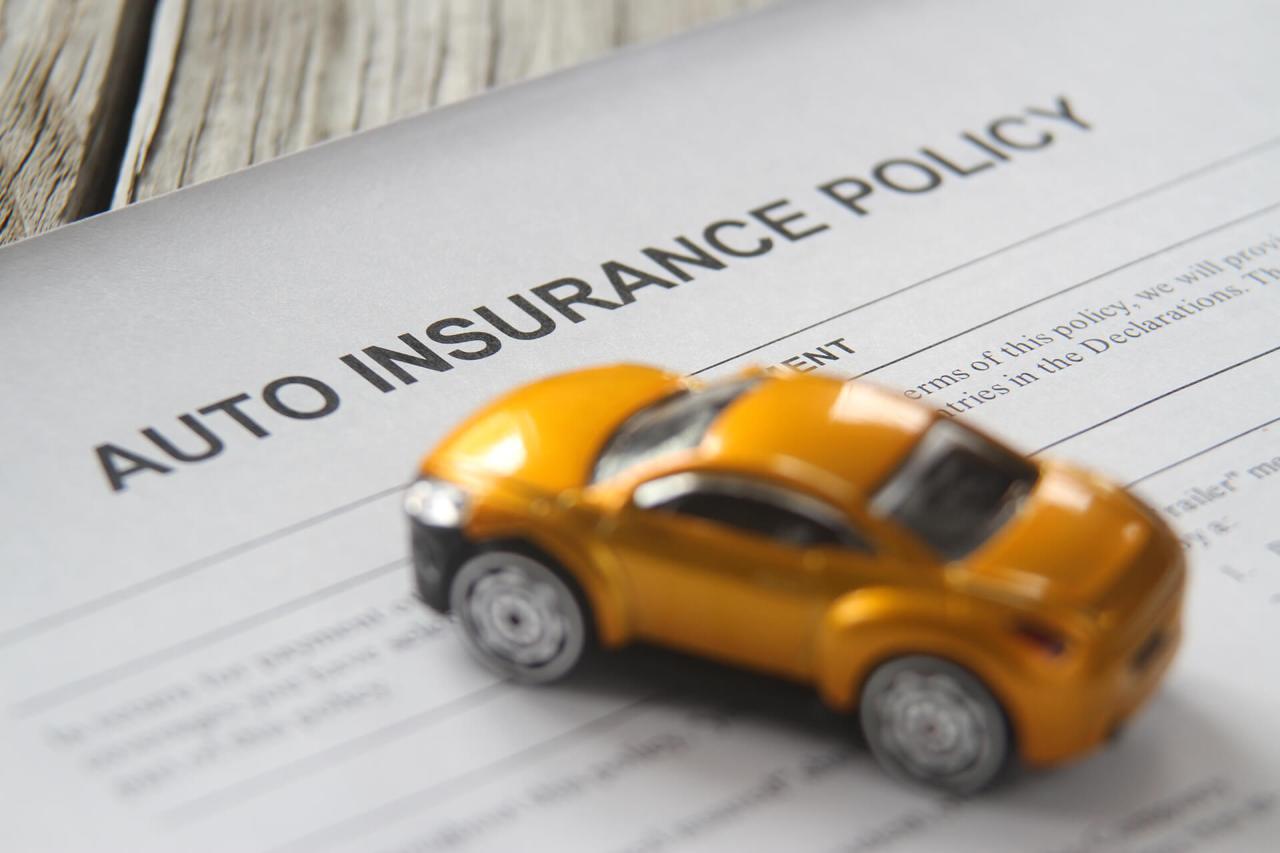
Digital platforms are revolutionizing policy management, allowing customers to access their insurance information, manage their policies, and file claims online or through mobile apps. These platforms provide convenience and efficiency, streamlining the insurance process.
Shopping for car insurance can be a real pain, but it doesn’t have to be! You can easily compare rates and find the best coverage for your needs by checking out car insurance quotes online. It’s quick, easy, and you might even find a better deal than you expected.
- Benefits: Convenience and accessibility for policy management, faster claims processing.
- Challenges: Potential for technical glitches or security breaches, need for digital literacy among customers.
Final Summary
Navigating the world of automobile insurance can feel overwhelming, but with a thorough understanding of the different types of coverage, factors influencing premiums, and the claims process, you can make informed decisions that best suit your needs. Remember to compare insurance providers, read policy documents carefully, and leverage technology to manage your policy effectively.
By taking these steps, you can ensure you have the right coverage to protect yourself and your vehicle on the road.


